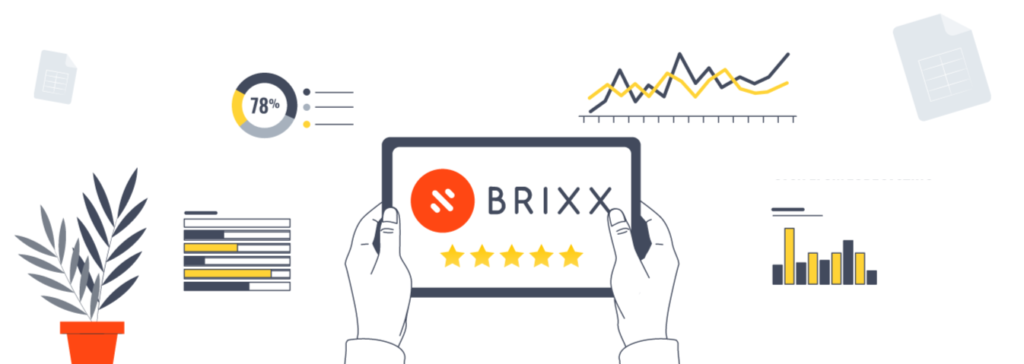

Understanding Profit vs Cash
There are a few subtle differences between cash flow and profit.
Cash flow measures the actual cash that flows in and out of a business, while profit measures the amount of money that a business earns after deducting all expenses from its revenue. Both are important measures of a business’s financial health, but they provide different insights into the company’s financial performance.
What is cash flow?
Cash flow refers to the movement of money in and out of an account, representing the amount of cash generated or expended during a specific period. It is a crucial financial indicator that helps measure the liquidity and financial health of a business, as well as its ability to meet short-term financial obligations. Positive cash flow occurs when a business has more cash inflows than outflows, while negative cash flow occurs when the opposite is true.
What is profit?
Profit is the excess of revenue earned by a business over the cost of producing and selling its products or services. It is the amount of money left over after all expenses have been deducted from the revenue earned. It is an essential measure of a company’s financial performance, indicating whether a company is generating sufficient income to cover its costs and generate returns for its owners or shareholders.
Get started with our forecasting software so that you can plan your business' futureManage your cash and profit in Brixx
Is cash flow more important than profit?
In general, both cash flow and profit are essential for the success of a business. As always, however, it is circumstantial to the business.
The absence of profit will have a negative impact on cash flow, highlighting how important it is for the business to focus on increasing this figure. However, a cash flow highlights how to maintain business growth with a variety of important metrics, regardless of profit. This can be essential in anticipating upcoming problems.
How can you manage growth with cash flow?
1. Create a cash flow forecast
Determine how much cash you can expect to have on hand at any point in time by estimating the amount of cash that will come in and go out of your business over a set period, say, 6 to 12 months. This will help you plan ahead, manage expenses, and avoid unexpected surprises. A financial forecasting tool can model a year in advance.
2. Cut costs
Reducing expenses is an excellent way to boost cash flow. You can do this by negotiating with suppliers, reducing overheads, and cutting down on unnecessary expenses.
3. Manage inventory
Keeping too much inventory can tie up your cash, so it’s essential to keep track of your inventory levels and manage them efficiently. You can also consider using just-in-time inventory management to reduce the amount of cash you have tied up in inventory.
4. Increase sales
Generating more sales is a sure-fire way to increase cash flow. You can do this by launching new products or services, expanding your customer base, or offering discounts or promotions to generate more volume of sale.
5. Delay payments
If possible, delay payments to suppliers or vendors to free up cash. However, ensure that you don’t damage relationships with your vendors by doing this.
6. Improve collections
Collecting payments from customers promptly is crucial to maintain a healthy cash flow. You can do this by offering multiple payment options, sending invoices on time, and following up on late payments.
7. Seek external financing
If your business needs more capital to manage growth, you can consider seeking external financing options such as loans, lines of credit, or venture capital. However, make sure that you can afford the interest payments and repayment terms.
Manage your growth with cash flow software
Cash flow forecasting software can certainly help businesses plan and forecast their growth by analyzing financial data and creating different scenarios to assess the impact of different decisions on their financial performance. This can help businesses make informed decisions about investments, expenses, and pricing strategies to achieve their growth goals.
Frequently asked questions
The differences between cash and profits and losses
Cash flow refers to the movement of money in and out of an account, while profit is the excess of revenue earned by a business over the cost of producing and selling its products or services.
Losses occur when a company’s expenses exceed its revenues and represent a deficit in a company’s financial situation. Losses are also reported on the company’s income statement.
How can a business be profitable but still run out cash?
A business can be profitable but still run out of cash due to various reasons. This can be due to poor cash flow management, an over-investment or ongoing debt repayments, to rapid growth. It’s important to have a solid cash flow management plan and be mindful of expenses, even if the business is profitable.
How can I prevent my business from running out of cash?
Here are some general tips to help prevent a business from running out of cash:
- Create a cash flow forecast
- Build and budget and manage your expenses
- Increase revenue and ensure the positive payment terms.
- Keep your customers happy
- Use credit wisely
- Build up a cash reserve














